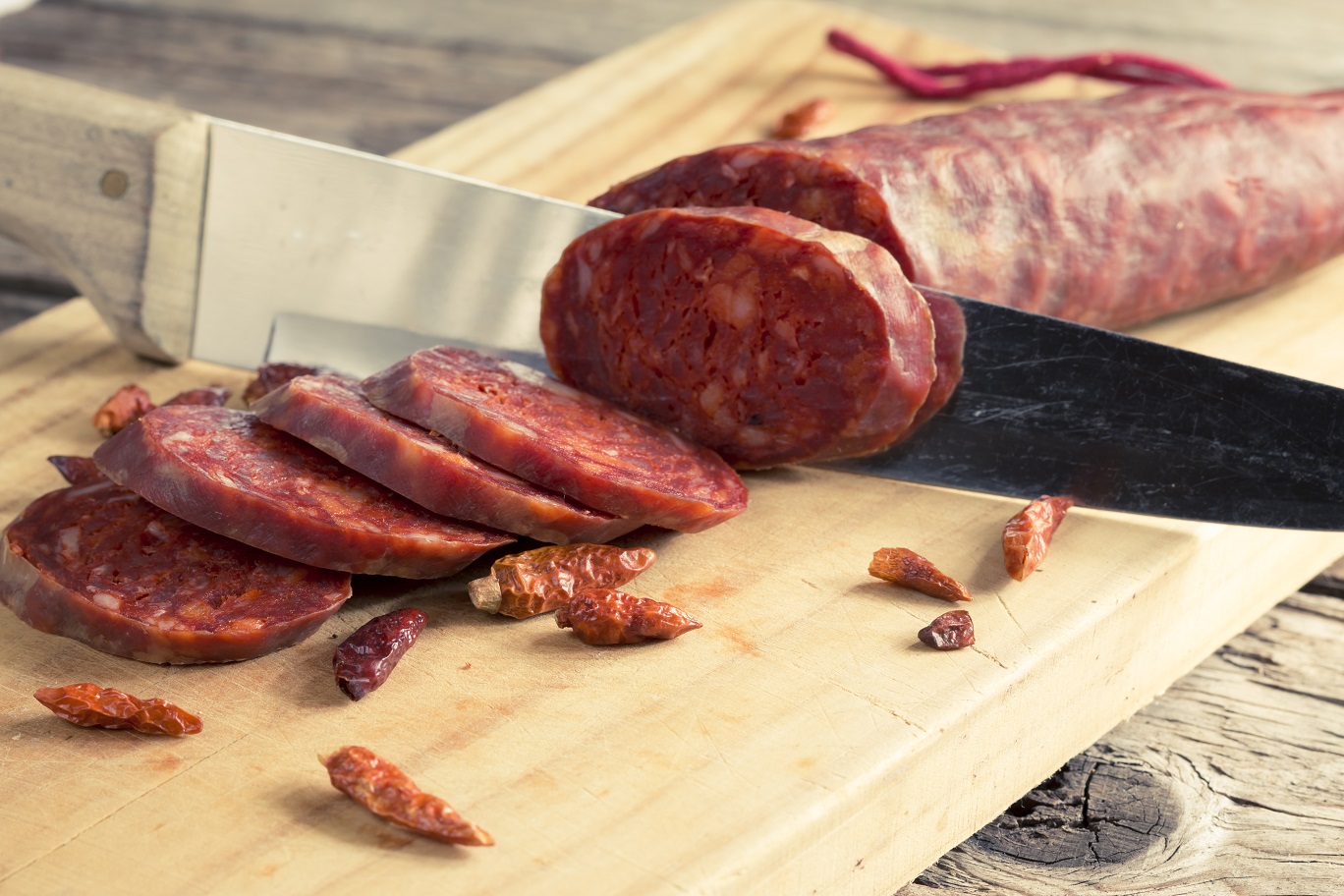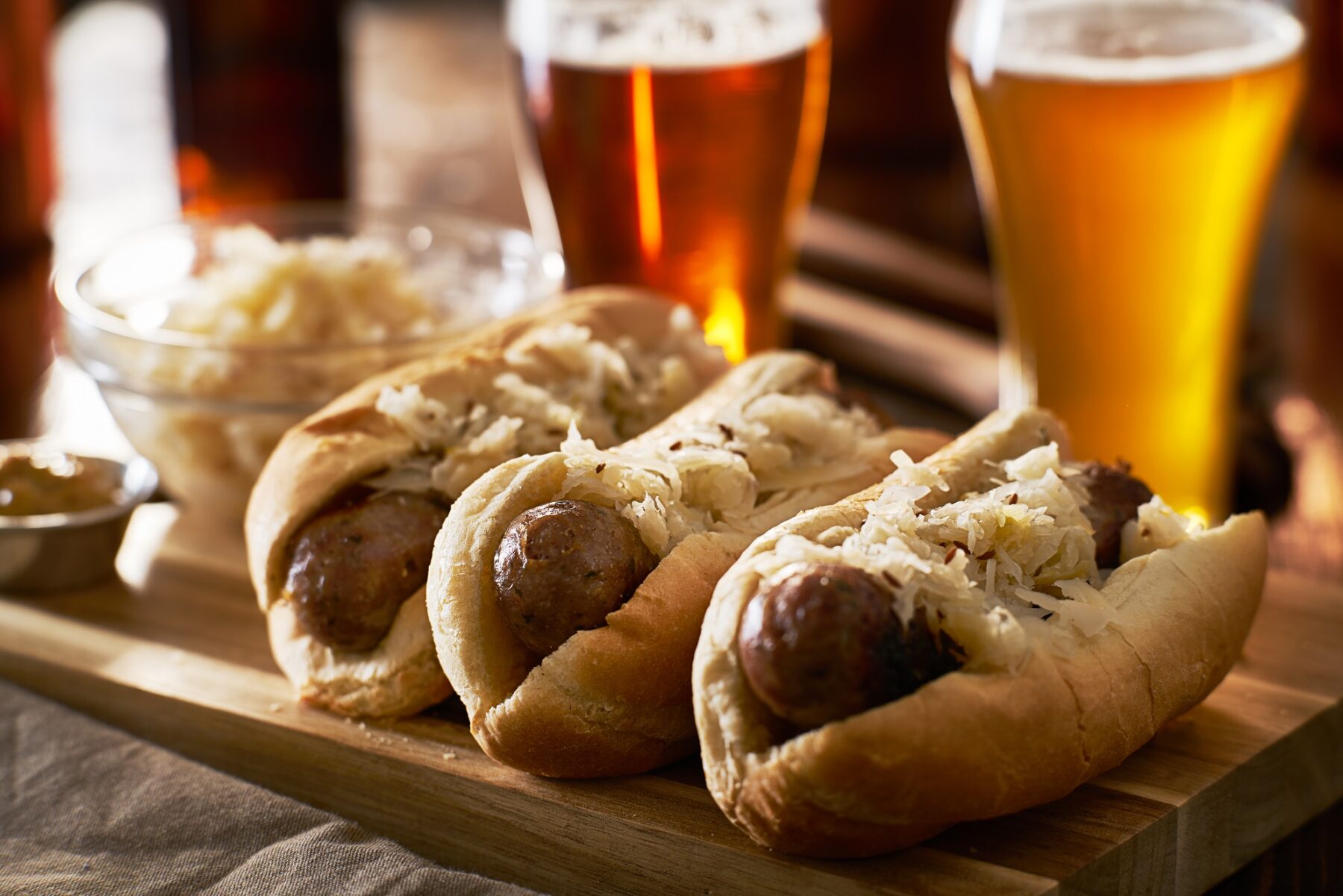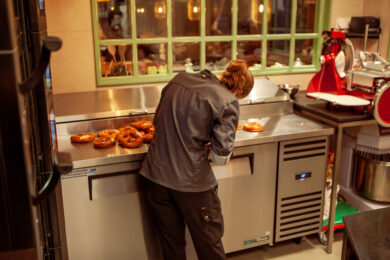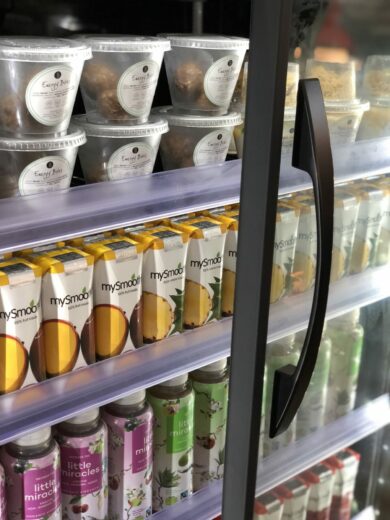From breakfast butties and sizzling street food to tantalising tapas and hot dogs with a gourmet twist, sausages are a much-loved and extremely versatile ingredient.
Sausages are an incredibly diverse food, which use unique recipes and mouth-watering combinations of spices and flavours to ensure that no two bangers are the same.
They can be used to help your food business tap into the growing trend for high-concept experiential dining, give a gastro-twist to a classic dish, or as bedrock for a belly-busting brekkie if your menu caters to more traditional tastes.
To give you some inspiration with our pick of the world’s best sausages:
Bratwurst – No sausage list would be complete without a trip to Germany. As the most popular German sausage, bratwursts are commonly found on fast-food and street stalls and in Christmas markets. When paired with a host of delicious accompaniments including sauerkraut, fries and curry-ketchup, they become an authentic street food favourite.
Chorizo – Chorizo is an instantly-recognisable pork sausage that has a distinctive deep red colour derived from dried, smoked red peppers. With a deliciously smoky undertone that’s hard to resist, chorizo is popularly used as part of appetiser or tapas dishes or added to soups or paella for an extra flavour kick.

Chorizo – a tapas staple
Cumberland – As one of the most famous British varieties, Cumberland sausages are loved by many. Considered to be one the meatiest of all British sausages, chunky and thick Cumberland sausages are a gastro-pub staple which can elevate simple bangers and mash into a gourmet dish of epic proportions.
Sundae – Pronounced soondae, this is an incredibly popular Korean street food, which is bang on-trend here in the UK at the moment. Sundae is made from boiled or steamed pig’s or cow’s intestines stuffed with noodles, blood, and spices. For extra taste, ingredients such as kimchi, rice, and soybean paste can also be added.
Nduja – Hailing from the small town of Spilinga, in Italy, the nduja is a spicy, spreadable sausage. Made from offcuts of pork, including offal and cheek, nduja has a bright red colouring from roasted hot peppers, which give the sausage its characteristic fiery taste. With spreadable consistency, this spicy sausage can be deployed on artisan pizzas as a substitute for the more traditional tomato sauce, or incorporated into pasta sauces to give extra depth of flavour.
Our top sausage tips
Keep them fresh
The best ingredients make the best dishes. Like most ingredients, sausages should be cooked while fresh and are best kept chilled.
All uncooked sausages should be treated as fresh meat and should be stored at 0° C – 4° C to help control the growth of harmful Listeria monocytogenes bacteria.
When storing, sausages should be wrapped tightly before being placed in the fridge or freezer, in their original packaging if possible. If chilled, they need to be used within two days of the best before date, before their freshness is lost and they start to spoil. Frozen sausages should be used within two months.
Cooked sausages will usually stay good for three to four days in the fridge and four months in the freezer, but the flavour will start to deteriorate the longer you leave them.
Extend their shelf-life
To extend the shelf-life of raw sausages, when freezing, place sausages in the freezer before the number of days shown for refrigerator storage has elapsed.
You can maximise their shelf-life by overwrapping the original store packaging with airtight heavy-duty aluminium foil, plastic wrap, or freezer paper, or place the package inside a heavy-duty freezer bag to prevent freezer burn.
However, be aware that meat products stored for a long time in a freezer will start developing inferior taste due to the oxidation of fat. These chemical changes occur spontaneously and are triggered by light or oxygen. Meats stored in a refrigerator will oxidate quicker than those stored in a freezer.
Don’t cross-contaminate
To minimise the risk of cross-contamination, keeping your raw, cooked and cured sausages separate is essential.
Smoked or dry-cured sausages such as chorizo or salami are hung at room temperature and will last a long time in your pantry or larder without developing harmful bacteria, but they should not come into contact with raw sausages unless they are being heated thoroughly afterwards.
While cooked sausages will keep, cold, for a few days after cooking, they should be reheated thoroughly if they come into contact with raw sausages.
At True, our storage units have environmentally friendly, highly energy efficient refrigeration systems that guide airflow uniformly around their interiors, maintaining food-safe temperatures and keeping your ingredients at their best.
Our chef bases position your refrigerated ingredients at the point of cooking, giving you quick and easy access to your food when you need it. Available in an array of shapes and sizes, they can be configured to support a wide range of cooking equipment and processes.
For more hints, tips and ideas, follow us on Facebook, Twitter, LinkedIn and Instagram.






